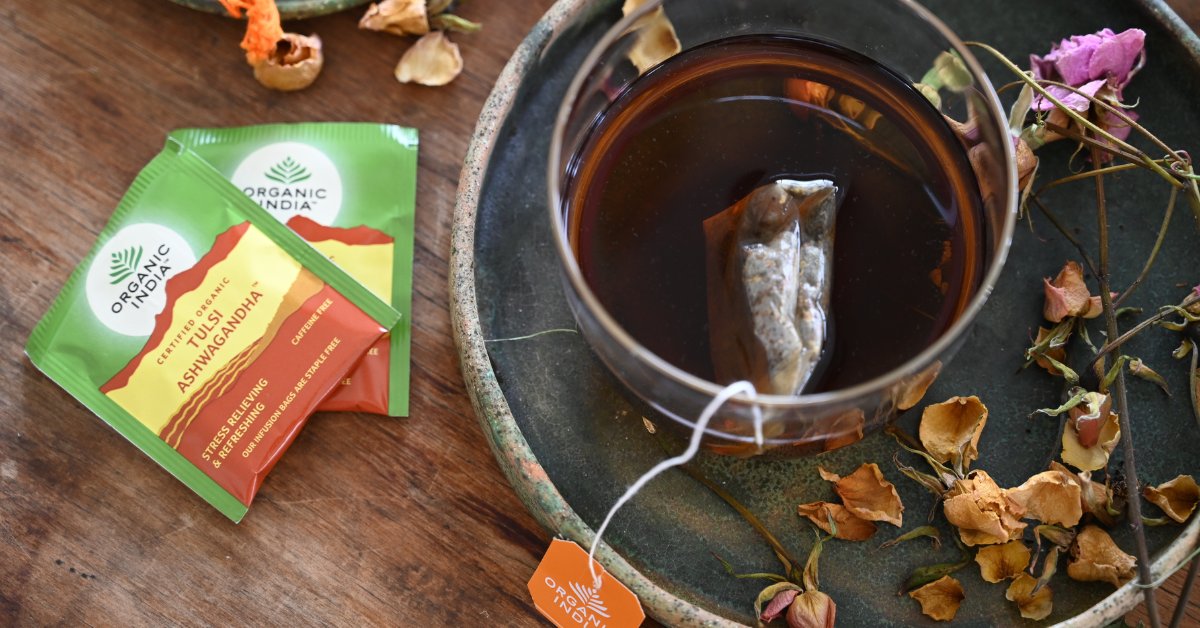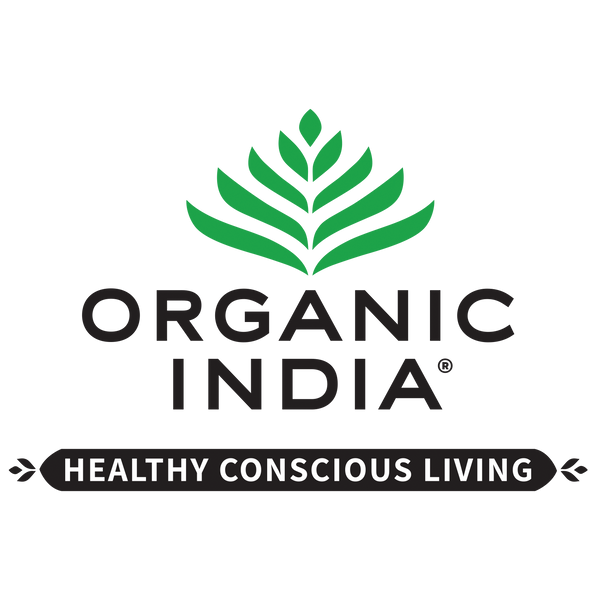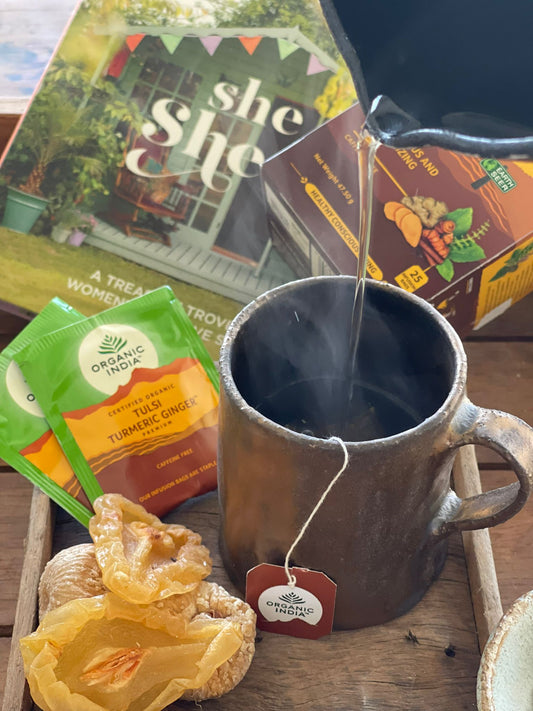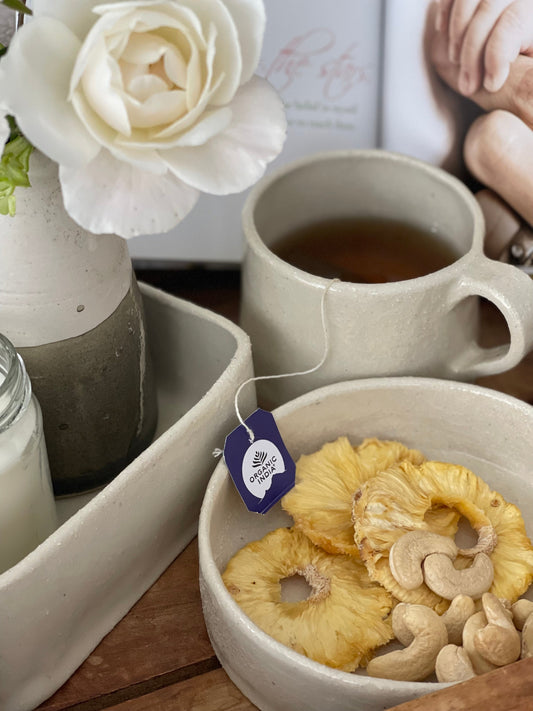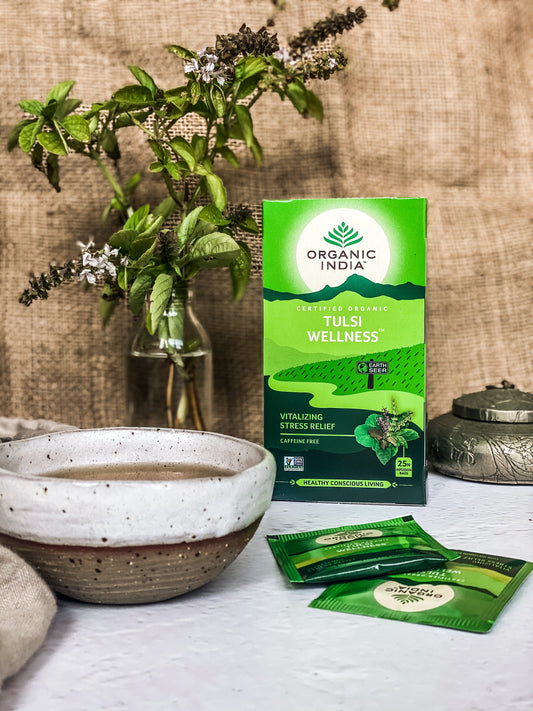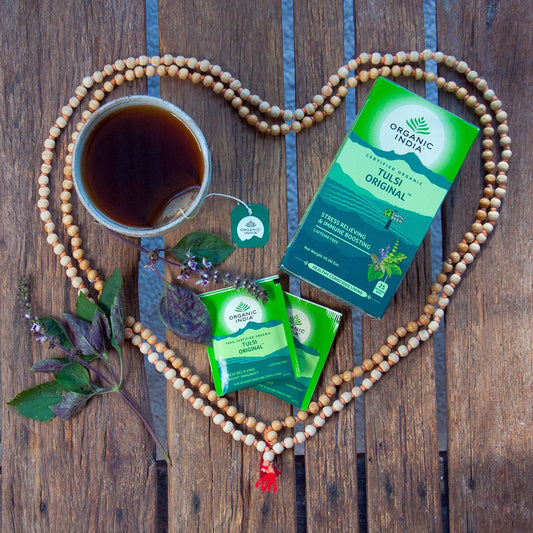No doubt you’ve heard of antioxidants. They are written about in the press, talked about on TV and feature on the labels of the things you buy in the supermarket. You know they’re good for you and that you’re better off for taking them but what you probably don’t know is what they actually are.
WHAT ARE ANTIOXIDANTS (THE WHAT)
Let’s start at the beginning. Antioxidants are molecules, ones that can occur naturally in our bodies (only humans have antioxidant-producing enzymes), but they are also found, in varying degrees of effectiveness, in many fresh foods and in drinks, like tea.
Antioxidants are partly responsible for helping us to stay healthy and for slowing down the aging process. The ‘anti’ part of their name refers to the way they reduce and put a halt to oxidation happening on the inside and outside of our bodies. This oxidating process takes place when free radical molecules, produced in our bodies, repeatedly attack and break up healthy molecules. Try imagining a freshly cut apple that has been left in the air for half an hour. It will start to brown and begin to look unappealing. This is the oxidation process.
WHY YOU NEED ANTIOXIDANTS (THE WHY)
One of many great benefits of antioxidants is that they disrupt free radical damage. They do this by generously donating their own electrons to satisfy the hungry, free radical molecules. When that free radical is given the electron(s) it stops its destructive warpath. Well, at least until next time.
Unfortunately, we are constantly under attack from free radicals – our metabolism and energy production systems actually create them. On top of that, we are regularly exposed to free-radical forming nasties such as pollution, cigarette smoke, UV rays, radiation and exercise. With repeated attacks from free radicals our bodies begin to suffer the effects of illness and aging which is why maintaining healthy antioxidant levels in your body is essential. Actually, make that vital.
Now this may all sound overly theatrical. Maybe you’re struggling with the image of antioxidant molecules taking on the free radicals? But let me assure you, the research behind antioxidants is well established. In fact, it’s established enough for scientists to be able to break antioxidants down into their different types: enzymatic and non-enzymatic antioxidants.
Whilst both types of antioxidants deal with attacking free radicals, scientists know enough about them to understand how they each type goes about its onslaught. The non-enzymatic molecules, for instance, interrupt the free radical’s chain reaction (which is a continuous attack of the body’s healthy molecules). Whereas enzymatic antioxidants impact free radicals by converting them into something that the body can, eventually, get rid of.
Antioxidants are essential to our well-being and for their role in delaying and preventing free radical damage. Free radicals have been implicated with at least 60 different diseases and symptoms. Just some of the illnesses free radical damage has been found to play a role in are: cancer, Parkinson’s, Alzheimer’s, cataracts, arthritis, artery hardening, leg swelling and, of course, it also plays a role in premature aging.
WHERE DO YOU FIND ANTIOXIDANTS (THE WHERE)
Obtaining adequate levels of antioxidants in your diet is imperative but the delivery and dosage of them needs to be carefully monitored. Like most approaches when it comes to health – let moderation and variety guide you. What do I mean by this? Well, you may have read that Vitamin C is a wonderful antioxidant and you’d be right. But only investing in vitamin C tablets and taking it religiously for years on end is not ideal. Instead, you need to make sure you are a getting a balance of all the different types of antioxidants in all the different forms that they come in. Think food, tea, supplements and exercise.
Food is probably the first thing that comes into your head when you think of obtaining a selection of antioxidants. Fruit and vegetables are some of the best sources of antioxidants and fortunately they are pretty easy to get hold of. A word of warning though, in order to get the best levels of antioxidants from your fruit and vegetables you need to make sure they are fresh and that they are organic (pesticides are a free radical). If an orange has travelled 100 miles in a truck, then flown 1000 miles in a refrigerated plane, then in another refrigerated truck and then a week later arrives onto the shop floor in all its pesticide-laden glory the antioxidant levels will be negligent. Instead, shop locally and eat raw. Farmers markets and independent fruit and vegetable stores usually get their stock straight from the grower (if they don’t grow it themselves) and it’s often picked that day. It’s fresh, it’s organic and it’s so good for you.
If a box brimmed full of fruit and vegetables doesn’t appeal or it’s such a dramatic change to your diet that it seems like hard work – try juicing. Fresh, organic fruit and veggies thrown into a juicer make a wonderfully satisfying drink that you can have to accompany breakfast, as a snack or a meal replacement. If smoothies aren’t your thing try Tulsi tea. Made from the leaves of the Holy Basil herb, Tulsi tea has many known and proven health-boosting benefits – its high levels of antioxidants being one. In 2007 a clinical study published in the Journal of Medicinal Food* showed that the antioxidants in Tulsi tea were effective in reducing the formation of cancerous enzymes. Green tea is also a great provider of antioxidants and like Tulsi tea is an easy way to top up your antioxidants.
Variety is everything when it comes to antioxidants. Adding herbs and spices to meals is a great way of making sure you are upping your daily quota. Turmeric, the yellow spice often used in Indian cuisine, contains curcumin, an enzyme that deals a double blow to free radicals. The spice not only neutralises free radicals it also boosts the body’s own antioxidant producing levels.
By treating your body to antioxidant-rich fresh food, spices and tea you will soon feel and see the benefits but there’s one other way to top up: exercise. It may seem a little absurd that exercise is both a free radical and an antioxidant so it can help if you think about it this way. When you constantly over-exercise (endurance training for example) you are putting your body under a great deal of stress and exposing yourself to free radical damage. However, by choosing the right types of exercise and the correct level of intensity it has a more positive effect on your health. The jury is still out on what the perfect exercise is but short bursts of high intensity exercise with rest periods certainly work well. If you’re at a loss for ideas try searching for a HIIT (High Intensity Interval Training) workout or go along to a gym and speak to a trainer about creating a routine.
Finally, try considering antioxidants as your best friends – invite them into your life in the form of a varied, colourful diet full of fresh, organic foods and tea and enjoy the benefits of being surrounded by them.
* P. Manikandan, R. Senthil Murugan, H. Abbas, S.K. Abraham, and S. Nagini. Journal of Medicinal Food. September 2007, 10(3): 495-502. doi:10.1089/jmf.2006.125.
